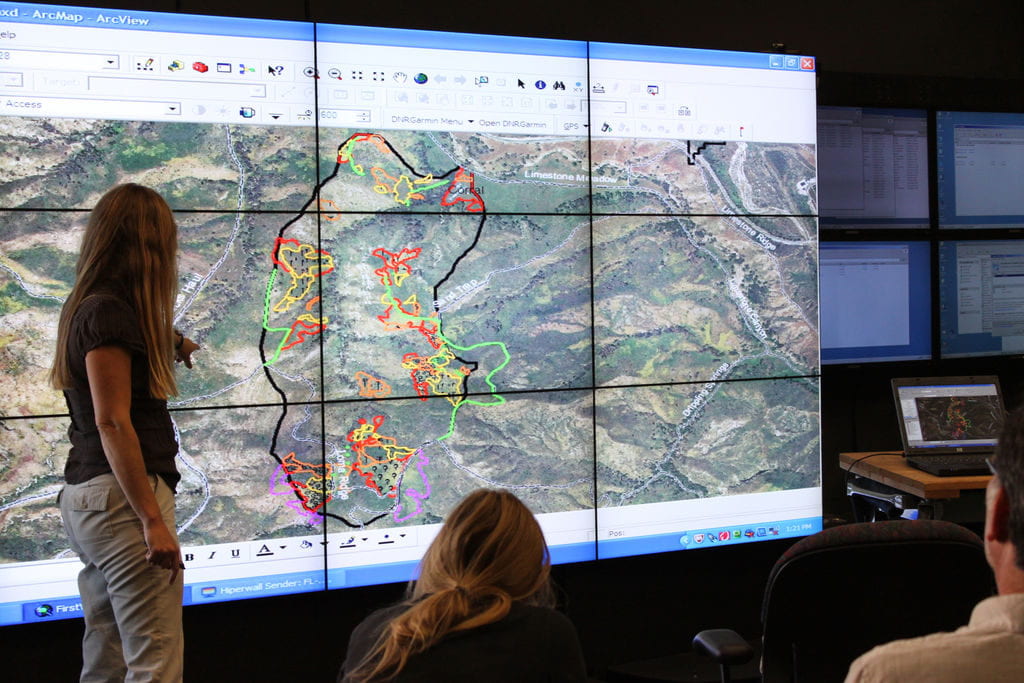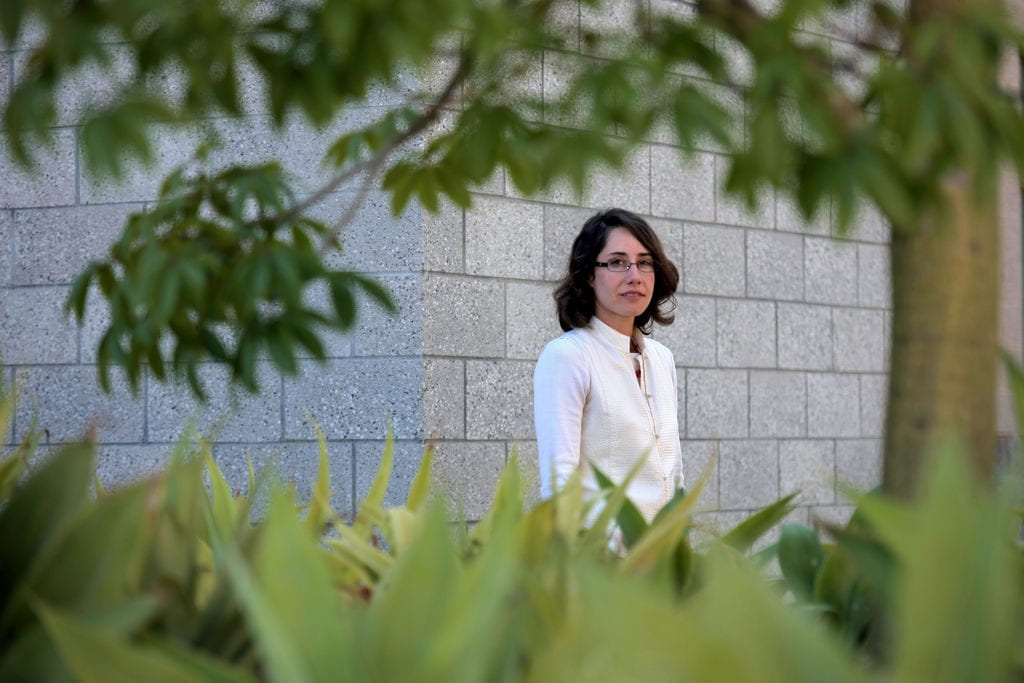Plant restoration project taking root
UCI pilot program takes root on historic Irvine Ranch.
The storms that showered Orange County in late 2010 have provided a healthy start to an innovative UC Irvine pilot project on how local and imported plants affect each other – and how to help restore the more delicate native plants.
After December’s heavy rains, rolling hills and open-space areas are now a vibrant green. Blossoms of various hues will follow throughout spring.
But today, many of those blooms come from non-native species that have choked out plants that were originally here. Re-establishing native plant communities would benefit animals that depend on the habitat, biologists say, but is a major challenge in areas now dominated by flammable and persistent non-natives.
Much of the change happened more than a century ago, possibly through the introduction of livestock and their feed grains, among other factors. Biologists think those non-native grains replaced native grasses and shrubs very rapidly, altering fire patterns, animal habitat and water use. But because these changes happened so long ago, they’re difficult to study.
A team of UCI faculty, in collaboration with scientists at the Irvine Ranch Conservancy, is researching the best way to restore native habitat despite the lack of ecological history. They’ve begun a detailed study of how specific groupings of plants and soil microbes affect short-term growth patterns and long-term survival.
Associate Professor Diane Pataki, founding director of the School of Biological Sciences’ Center for Environmental Biology, is coordinating the effort with the nonprofit conservancy.
“Our partnership with the IRC provides a unique opportunity to link land management and new research in environmental biology,” Pataki says.
The project, funded through a $1 million grant to the center by Donald Bren and the Irvine Company, could also yield insights on how area plants aid animal biodiversity and affect pollution. Slightly larger than half an acre, the experiment site – on the Loma Ridge section of the original Irvine Ranch in eastern Orange County – is a patchwork of plant plots.
Each represents a different combination of seed mixes, planting methods and soil treatments that promote native microbes. Poppies, lupine, white sage, deer weed and buckwheat are all represented, with invasive species certain to pop up uninvited alongside them. Researchers will carefully monitor these plant clusters, including their growth patterns and surrounding soil chemistry. This could provide key information about how best to sow local plant populations in soil where they can thrive.
Pataki and other center faculty, including associate professors of ecology & evolutionary biology Jennifer Martiny and Kathleen Treseder, as well as conservancy senior field ecologist Megan Lulow and colleagues, hope to learn such specifics as which soil mixtures allow native species to beat out invasive species and whether species that grow back quickly after a fire should be seeded with species that take longer.
“This experiment will provide critically needed information for restoration of these lands and also answer important fundamental questions in ecology,” Pataki says.
Awarded in November, the five-year grant from Bren and the Irvine Company is intended to help the UCI center – established last year – develop innovative solutions to environmental problems. A key mission is to link UCI research and education with management of county parklands and other open space.
The site of this first project is among 50,000 acres of Irvine Ranch land donated to Orange County by Bren. The total area is almost 60 times the size of New York’s Central Park, with various habitats reaching from the mountains to the ocean.
“Students and faculty at UCI are able to study many aspects of environmental biology at the historic Irvine Ranch,” Pataki says. “It’s a fantastic opportunity.”



